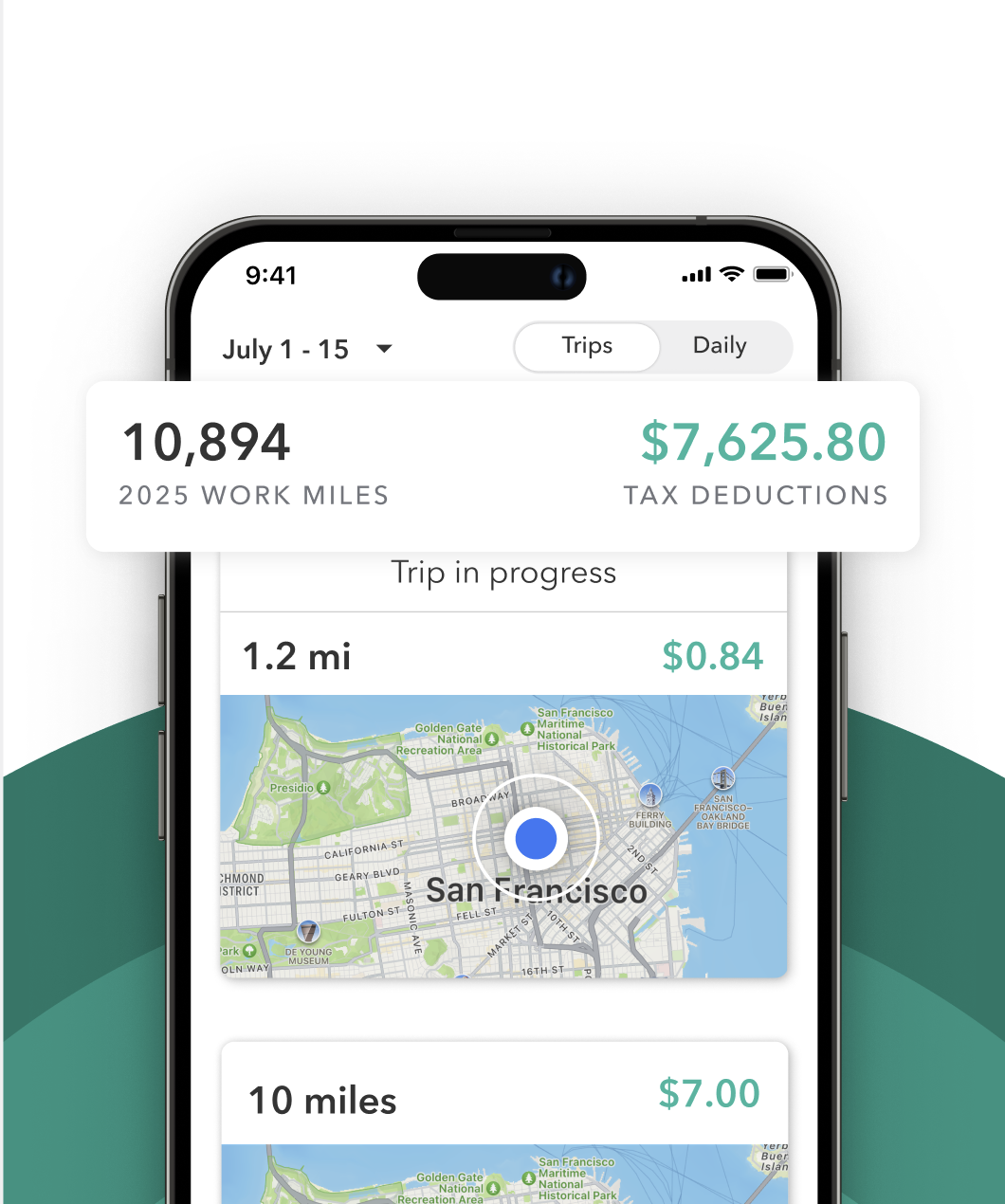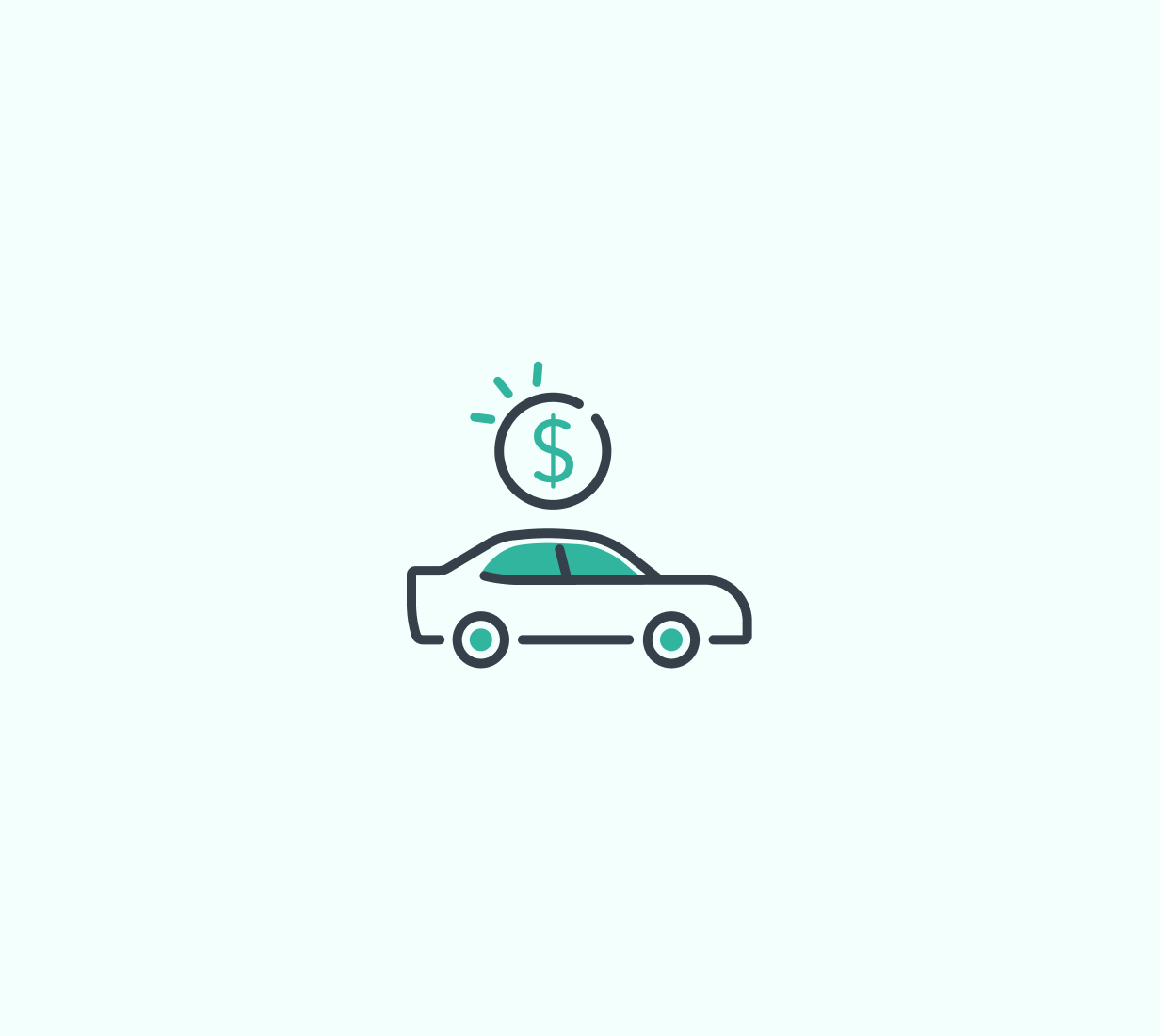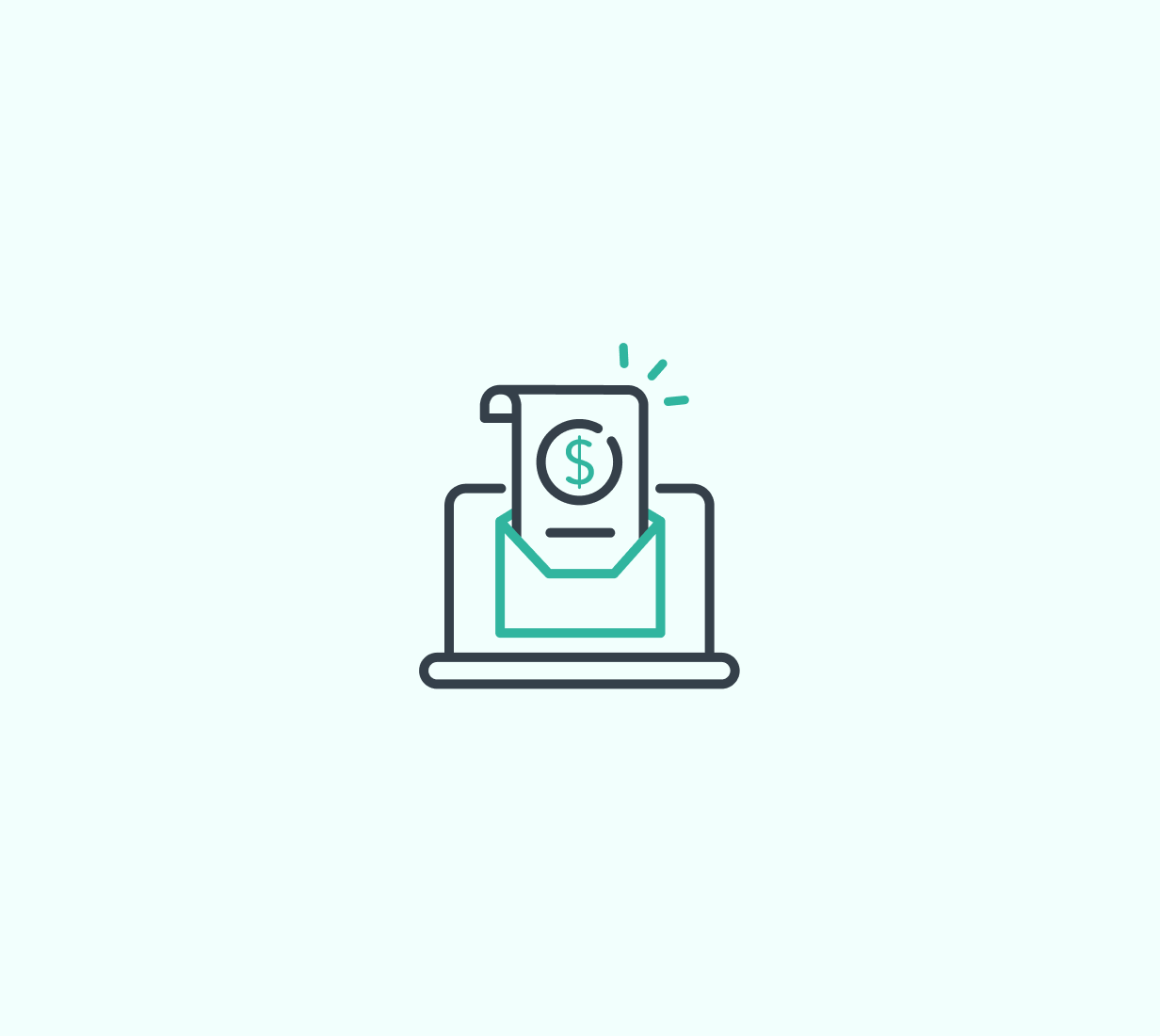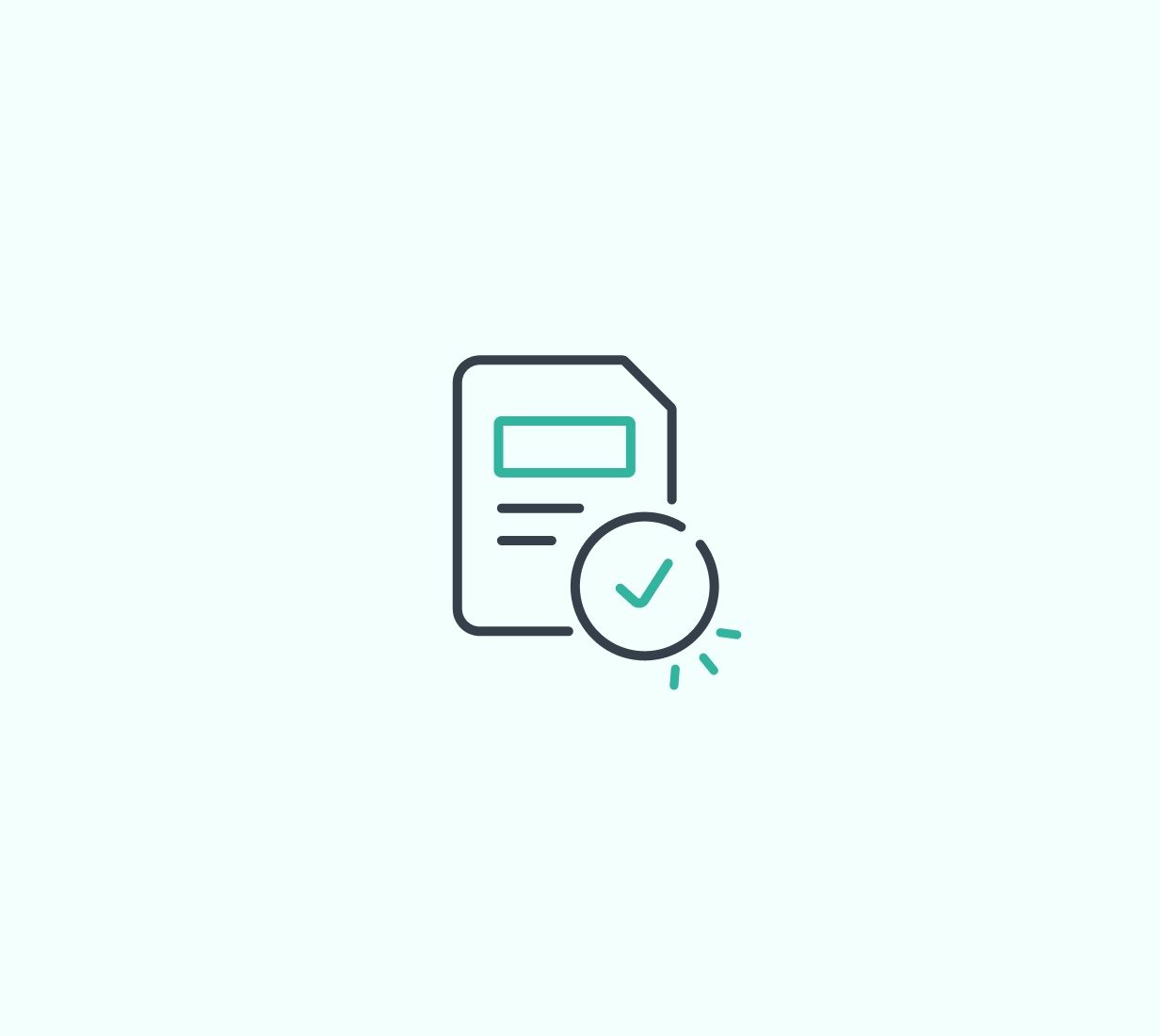
Meet
Amazon Flex
Amazon Flex is a delivery program that lets you earn money by delivering packages with your own vehicle.
If you’re thinking about delivering for Amazon Flex or already have a few routes under your belt, this guide is for you. We’ll walk through what the job looks like, what you can expect on the road, and how to stay organized as an independent contractor.
Whether you’re picking up your first block or planning to deliver full-time, it’s important to know how it works and how to make the most of it.
What is Amazon Flex?
Amazon Flex is a delivery program where people like you use their own car to deliver Amazon packages. You pick up orders at a local warehouse, follow the app to drop them off, and get paid for the time it takes. It’s flexible, it’s app-based, and you’re in control of when you want to work.
You’re not an Amazon employee. You’re a self-employed contractor. That means you decide your own schedule, use your own vehicle, and handle your own taxes.
Amazon Flex deliveries typically fall into a few categories:
- Standard Amazon packages
- Same-day Prime deliveries
- Amazon Fresh grocery orders
Each type might look a little different, but the process stays pretty consistent.
Why Drivers Choose Amazon Flex
There are a lot of gig platforms out there, but Flex has a few key advantages that make it stand out.
- Work when you want: There’s no set schedule. Open the app and grab delivery blocks that fit your life.
- No passengers: You’re delivering packages, not giving rides or handling food.
- Reliable demand: Amazon’s huge customer base means there’s often steady work.
- Pay you can plan around: Each block comes with a set rate, so you know what you’ll earn before you commit.
Many drivers use Amazon Flex as a side hustle. Others deliver full-time or pair it with other apps to fill in the gaps. The flexibility is what brings people in. The consistency is what keeps them coming back.
What to Expect on the Road
After you sign up and get approved, you’ll be able to reserve delivery blocks in the app. Most blocks are 2 to 4 hours long, and you’ll see the estimated pay before you accept.
Here’s a basic rundown of how a typical block works:
- Head to the warehouse: At the start of your block, you’ll drive to your assigned Amazon delivery station.
- Scan and load: You’ll scan each package with your phone, load your car, and organize your route.
- Start delivering: Use the in-app GPS to make each drop-off. Some stops may be apartments or businesses, while others are single-family homes.
- Finish the route: Once you deliver all the packages, you’re done. No need to return to the warehouse.
You’re paid for completing the block, not per delivery, so if you finish early, the rest of that time is yours.
You’re Self-Employed Now, That Matters
Driving for Amazon Flex means you’re running your own small business, even if it’s just part-time. That comes with some added responsibility.
You’ll need to:
- Track your income
- Save for taxes
- Keep a record of your Amazon Flex write offs.
The good news is, there are major tax benefits too. Most Amazon Flex drivers can deduct things like mileage, car expenses, and part of their phone bill. But only if they keep good records. If you’ve never filed taxes as an independent contractor before, don’t worry. You’re not alone, and there are tools to help.
Amazon Flex is a flexible way to earn money on your own time. You can choose your schedule, work independently, and get paid quickly. For many drivers, it’s a simple way to boost income without the hassle of a traditional job.
But like any gig job, it comes with responsibilities. You’re running a business, even if it’s just part-time. That means staying organized, planning ahead for taxes, and knowing what tools and practices will help you succeed. Understanding how it all works is the first step. The rest comes from experience, a little trial and error, and learning from other drivers who’ve been where you are.


















